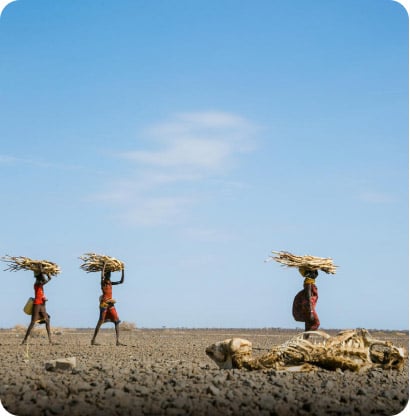Connecting companies to effective emergency response
Put your company at the forefront of disaster response by partnering with World Vision.
Our dedicated local staff in nearly 100 countries enable us to provide fast, efficient relief in emergencies and humanitarian crises, wherever they occur. When disaster strikes, we’re there, quickly providing immediate support — and we stay to help children, families, and communities rebuild for the future.
How your company can help
![]()
Pre-positioned products
Donate basics like hygiene items, cleaning supplies, bedding, tools, or clothing before disasters hit to enable rapid response to the most urgent needs as they arise.
![]()
Cash and grants
Make cash donations or grants to fund immediate life-saving assistance and delivery of supplies.
![]()
Giving campaigns
Request a custom-branded fundraising page, or use a cause marketing or workplace giving campaign to invite employees, customers, and vendors to respond to a specific disaster and demonstrate your corporate social responsibility to stakeholders.
Why World Vision?
World Vision has over 70 years of experience working with communities, donors, partners, and governments to equip the world’s most vulnerable people to thrive.
In 2022 alone, we:
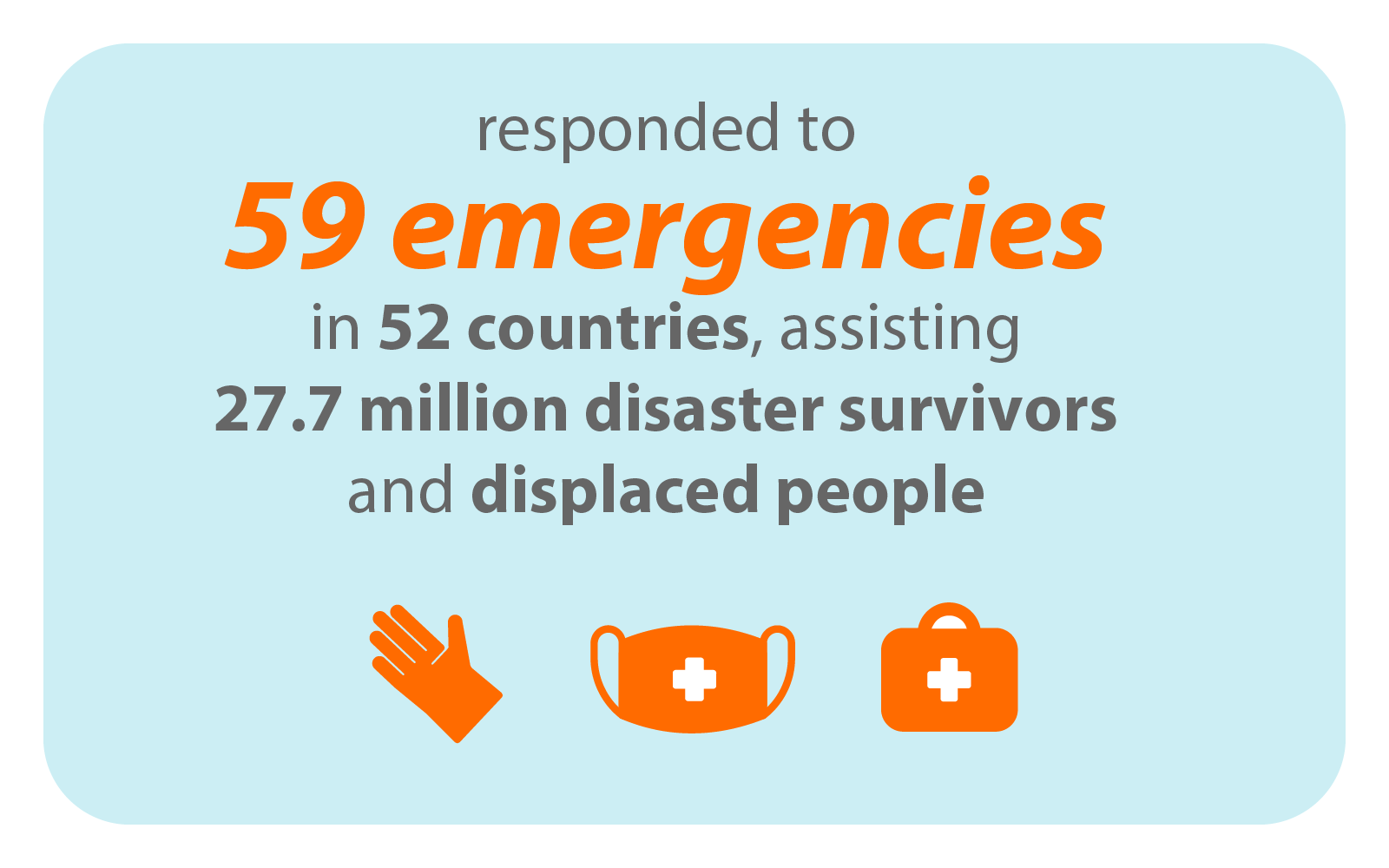

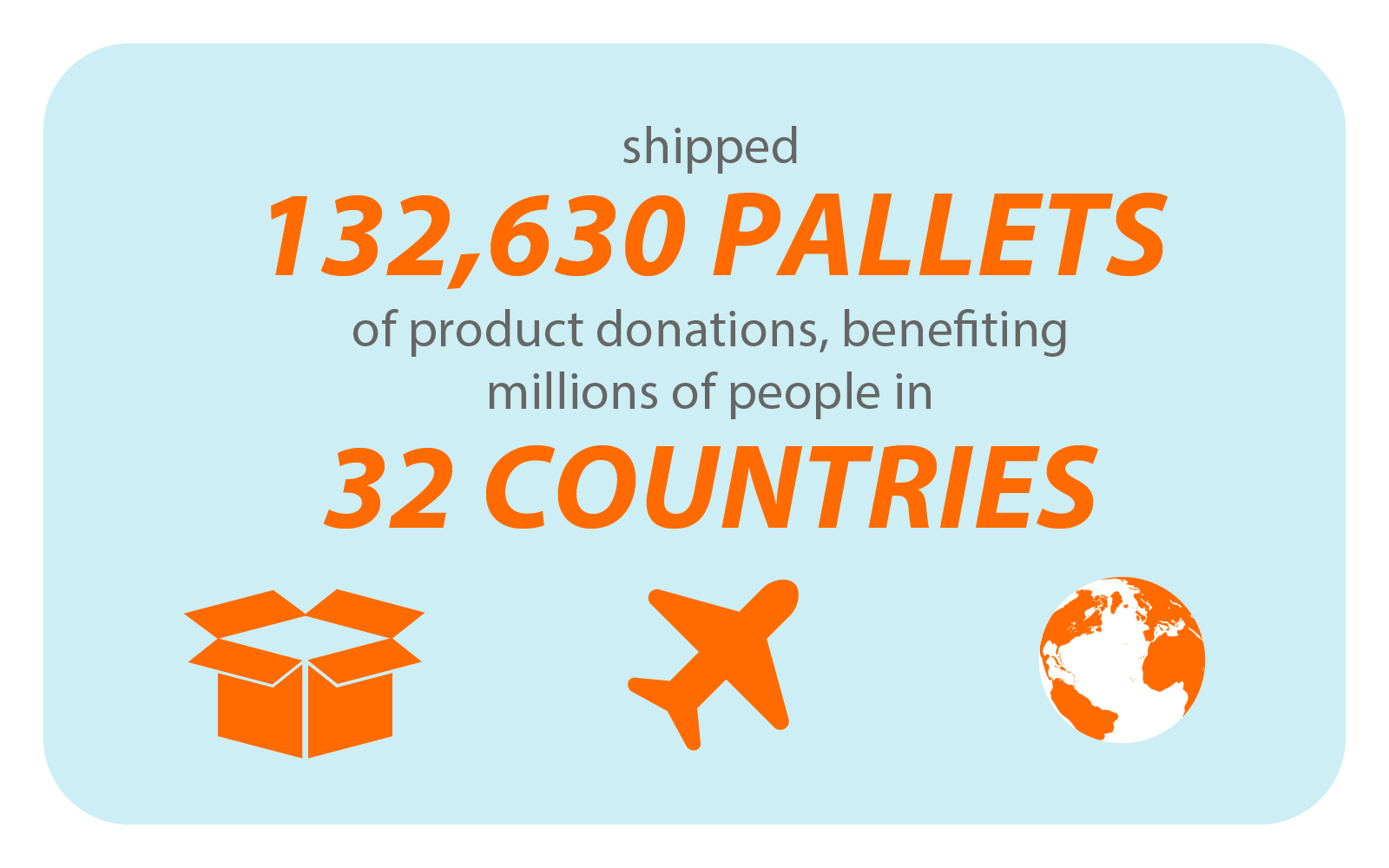
With partners like you, we respond to disasters around the world
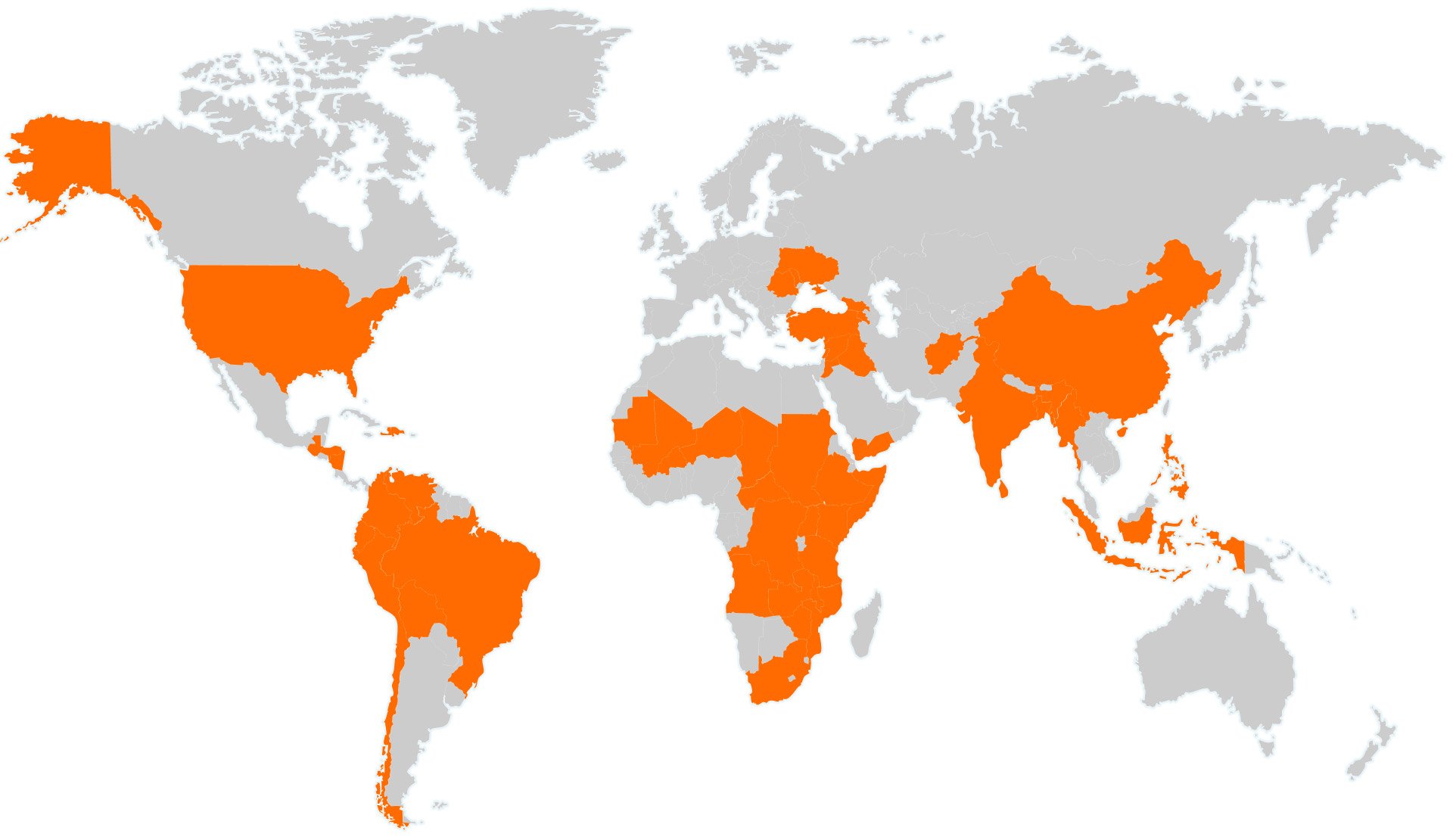
Our partners




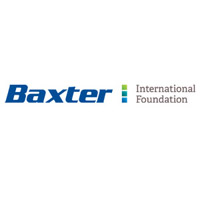
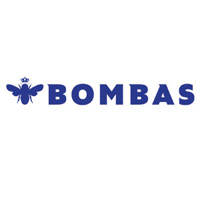

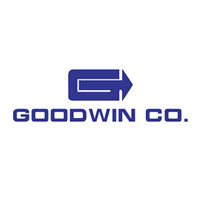
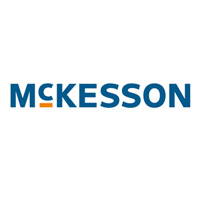
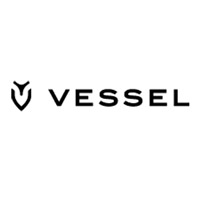

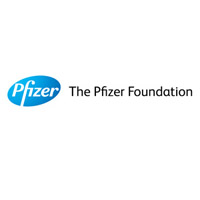







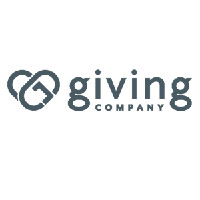
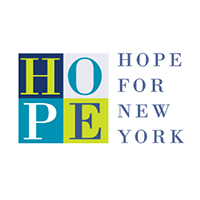

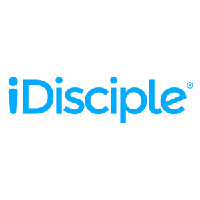
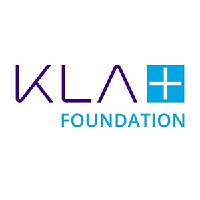

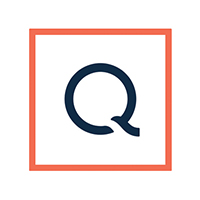
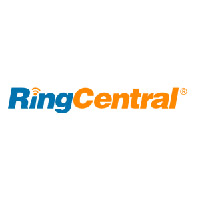

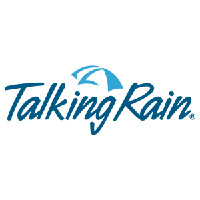

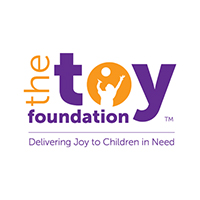
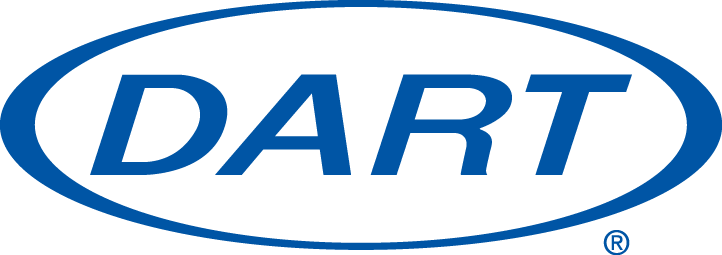
“With all of the conflict in the world resulting in brokenness and hunger, it’s great to have a partner like World Vision who clearly understands that there’s nothing more powerful than loving your neighbor as yourself.”
—David Beasley, executive director, U.N. World Food Programme
Our approach
World Vision has a first-in, last-out approach to emergency relief. Our goal is to respond with life-saving aid and then stay long-term to help families and communities become resilient and empowered to help others.
Because we’re often responding to disasters in places where we have established relationships and programs, we can act quickly — and communities trust us not to leave when the work of rebuilding gets tough.
See how World Vision and corporate partners joined together to respond and rebuild when Hurricane Harvey hit south Texas in 2017.
World Vision’s emergency response model
1
BEFORE A CRISIS: Risk reduction
We help families and communities prepare for potential disasters through holistic development and planning, empowering local people to identify and mitigate risks.
2
DURING A CRISIS: Rapid relief
Local World Vision staff respond quickly to assess needs and deliver immediate aid, such as food, water, and temporary shelter. We also offer case management to protect children, reunite families, and help them access services.
3
AFTER A CRISIS: Rebuilding stronger
Once relief operations have concluded, we work alongside communities for the long term, even after other agencies have left. Our expert development staff help ensure communities are able to establish permanent housing, sustainable access to clean water, food security, access to quality education and healthcare, and improved livelihoods.
Our 70+ years of experience
1950 – 1990s
2000 – 2010
2011 – PRESENT
1950 Korean War (World Vision founded)
1962 Iran earthquake
1979 Operation Seasweep
1980s Ethiopia famine
1989 Armenia earthquake
1990s Romanian orphanage crisis
1994 Rwandan genocide
1998 Hurricane Mitch
1998 Kosovo conflict
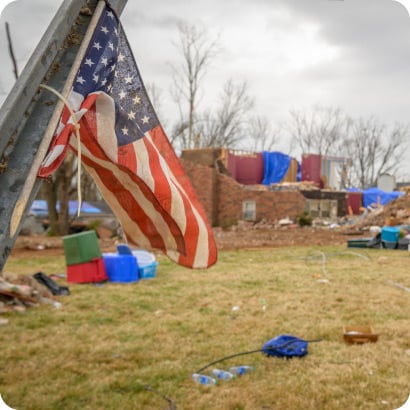
Disaster readiness
We’re prepared to rapidly respond to any disaster, anywhere in the world. To stay ready, we:
- Keep disaster response funds ready to use.
- Pre-position supplies like non-food items in a global resource network.
- Prepare and train staff to respond to emergencies with preparedness and logistic plans, programming standards, and logistic assessments.
Millions of dollars worth of essential supplies are strategically pre-positioned in warehouse locations around the world, ready to ship at a moment’s notice — ensuring that people affected by disasters will receive the right emergency supplies quickly and efficiently.
2000s Lord’s Resistance Army crisis
2000s AIDS pandemic
2004 Indian Ocean tsunami
2005 Hurricane Katrina
2010 Haiti earthquake
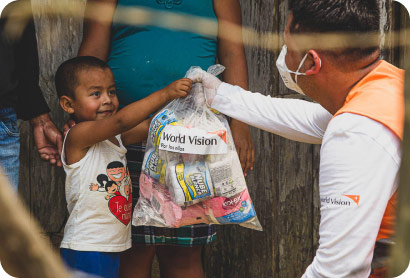

2011–present Syrian refugee crisis
2011 Japan earthquake and tsunami
2013 Typhoon Haiyan
2014 West Africa Ebola outbreak
2014–present Venezuelan migrant crisis
2015 Nepal earthquake
2017 Hurricane Harvey
2017–present Rohingya refugee crisis
2020–present COVID-19 pandemic
2022 War in Ukraine

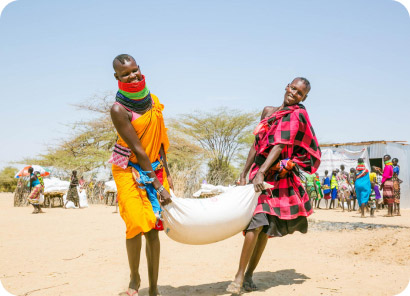
1950 – 1990s
1950 Korean War (World Vision founded)
1962 Iran earthquake
1979 Operation Seasweep
1980s Ethiopia famine
1989 Armenia earthquake
1990s Romanian orphanage crisis
1994 Rwandan genocide
1998 Hurricane Mitch
1998 Kosovo conflict

Disaster readiness
We’re prepared to rapidly respond to any disaster, anywhere in the world. To stay ready, we:
- Keep disaster response funds ready to use.
- Pre-position supplies like non-food items in a global resource network.
- Prepare and train staff to respond to emergencies with preparedness and logistic plans, programming standards, and logistic assessments.
Millions of dollars worth of essential supplies are strategically pre-positioned in warehouse locations around the world, ready to ship at a moment’s notice — ensuring that people affected by disasters will receive the right emergency supplies quickly and efficiently.
2000 – 2010
2000s Lord’s Resistance Army crisis
2000s AIDS pandemic
2004 Indian Ocean tsunami
2005 Hurricane Katrina
2010 Haiti earthquake

Partner with us
Create a custom-branded fundraising page for your company when the next disaster strikes. Whether you’re looking for emergency fundraising ideas or a boost to your corporate social responsibility, our corporate-branded fundraising pages let your company make an impact by responding to disasters quickly and efficiently.

2011 – PRESENT
2011–present Syrian refugee crisis
2011 Japan earthquake and tsunami
2013 Typhoon Haiyan
2014 West Africa Ebola outbreak
2014–present Venezuelan migrant crisis
2015 Nepal earthquake
2017 Hurricane Harvey
2017–present Rohingya refugee crisis
2020–present COVID-19 pandemic
2022 War in Ukraine


Our impact
Read impact stories

Six Months Later: Hurricanes Helene and Milton Response Update
Last fall, severe hurricanes devastated the Southeastern United States, resulting in over $200 billion in damage. Together, the storms killed more than 460 people, displaced thousands, and left large swathes of the population without power, clean drinking water, and access to basic supplies.
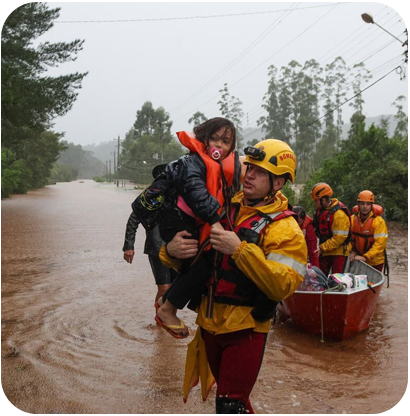
EXTREME WEATHER: Helping communities recover and rebuild
Extreme weather events can cause widespread destruction, putting vulnerable communities at greater risk of falling deeper into poverty.
Fallout: When hunger has no borders photo exhibition
Today, 50 million people in 45 countries — including 21 million children — face the threat of starvation. Afghanistan, Ethiopia, Nigeria, Somalia, South Sudan, and Yemen are experiencing catastrophic, near-famine conditions. We invite you to explore a photo exhibition as the global hunger crisis reaches unprecedented levels.
Sustainable Development Goals
Our work aligns with many of the Sustainable Development Goals, defined by the United Nations as “the blueprint to achieve a better and more sustainable future for all.” These goals address a range of global challenges including poverty, inequality, and injustice to build a world of peace and prosperity. Though recent global challenges like the impact of the pandemic, ongoing conflict, rising costs, and weather shocks have created setbacks in some of these areas, it’s possible to regain momentum and keep moving toward these goals.
With the support of our corporate and foundation partners, World Vision’s work is focused on achieving the Sustainable Development Goals shown here.



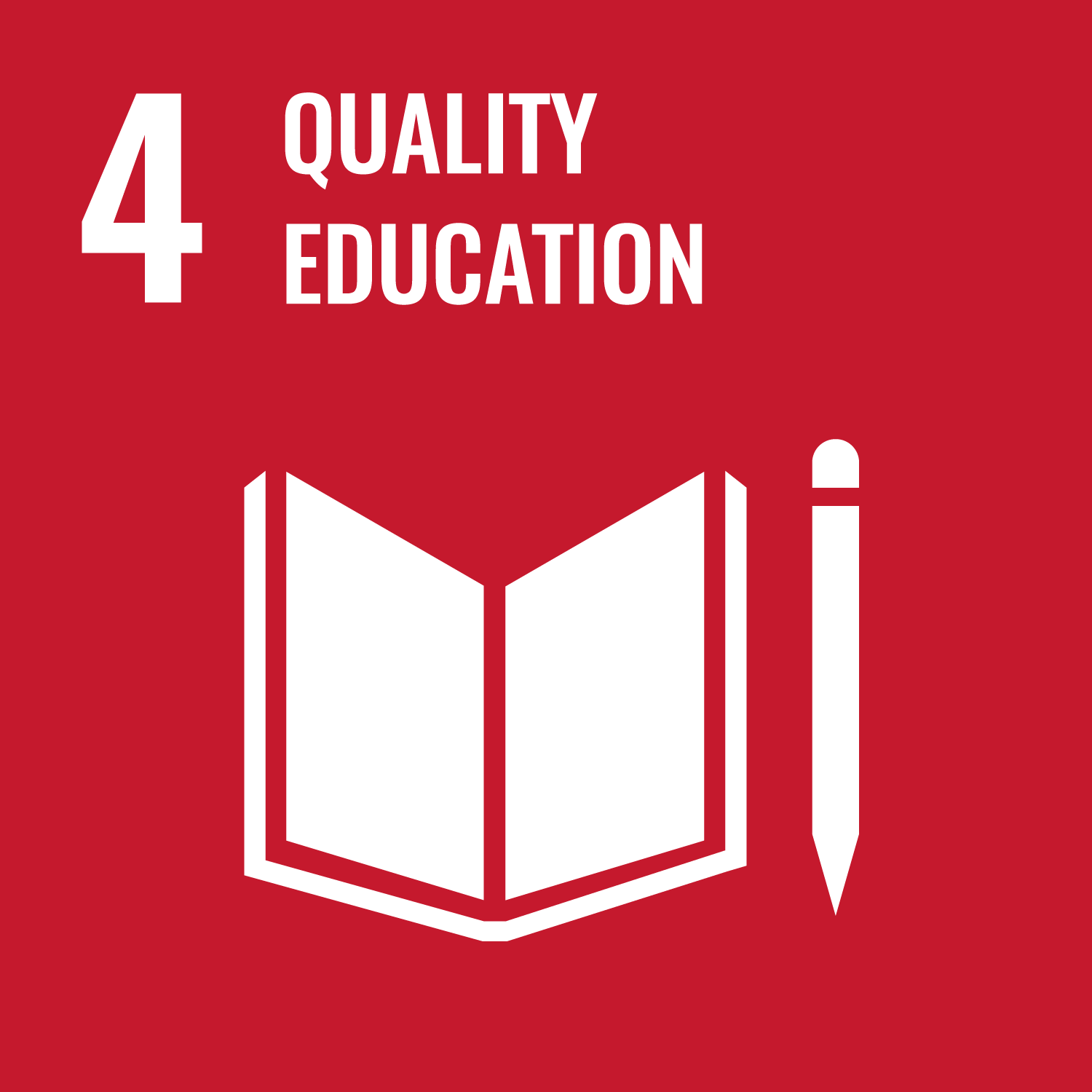





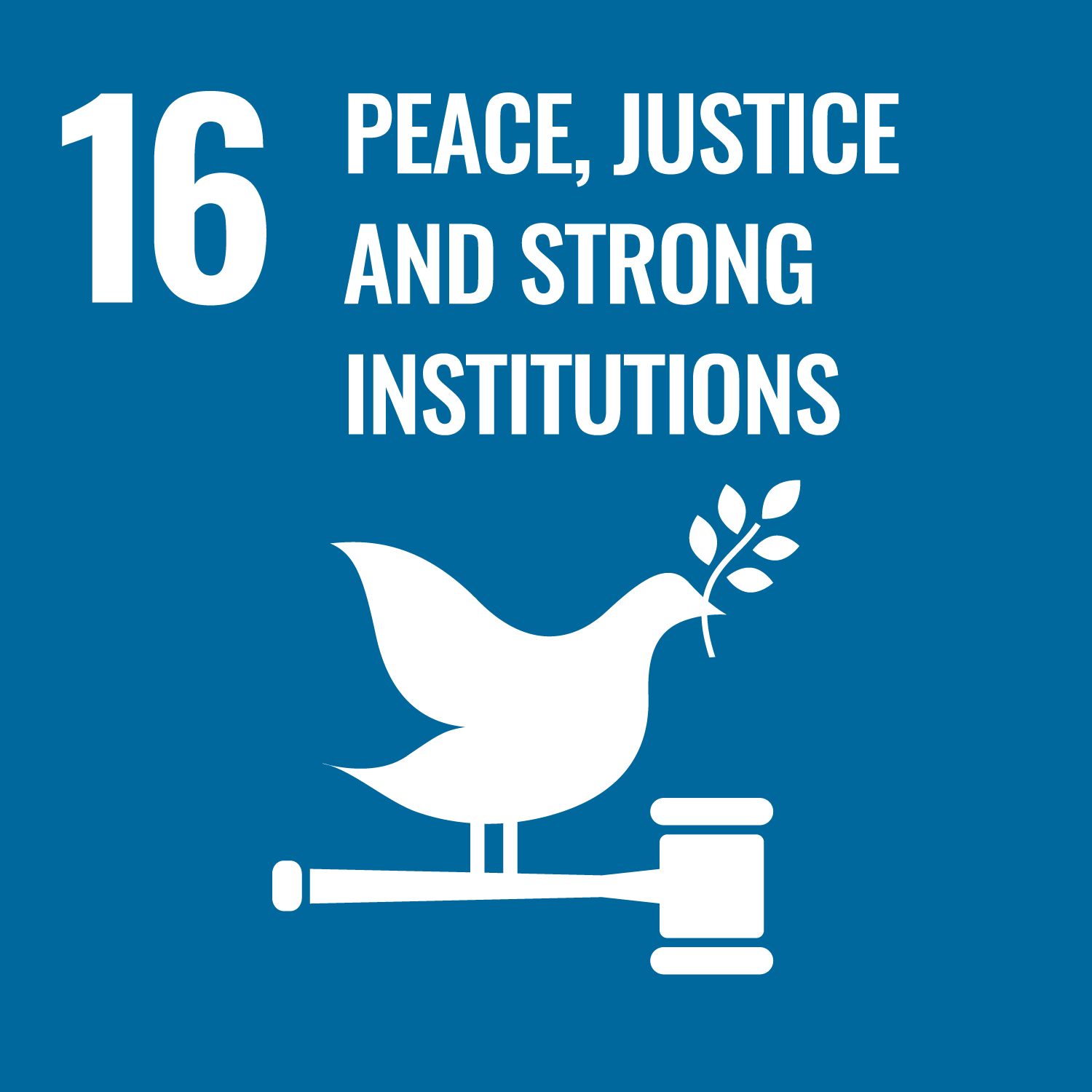

Partner with us
We look forward to connect with you and learn more how you would like to partner with us
"*" indicates required fields
